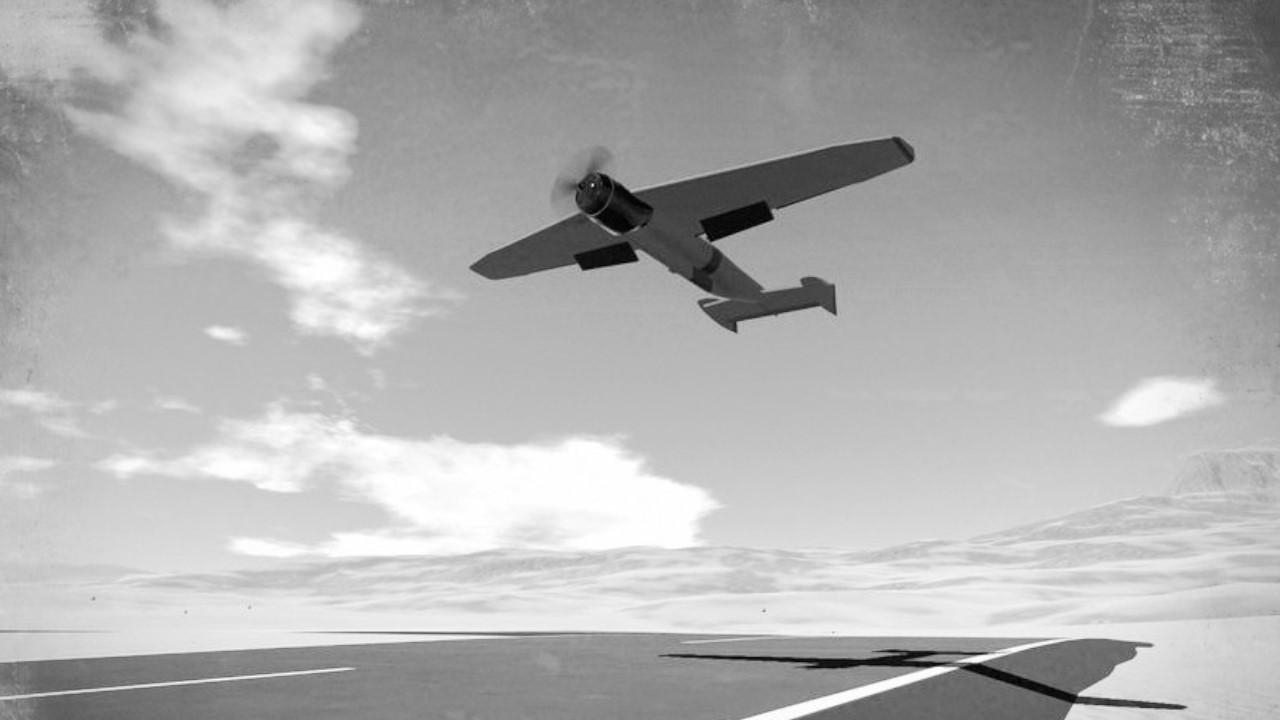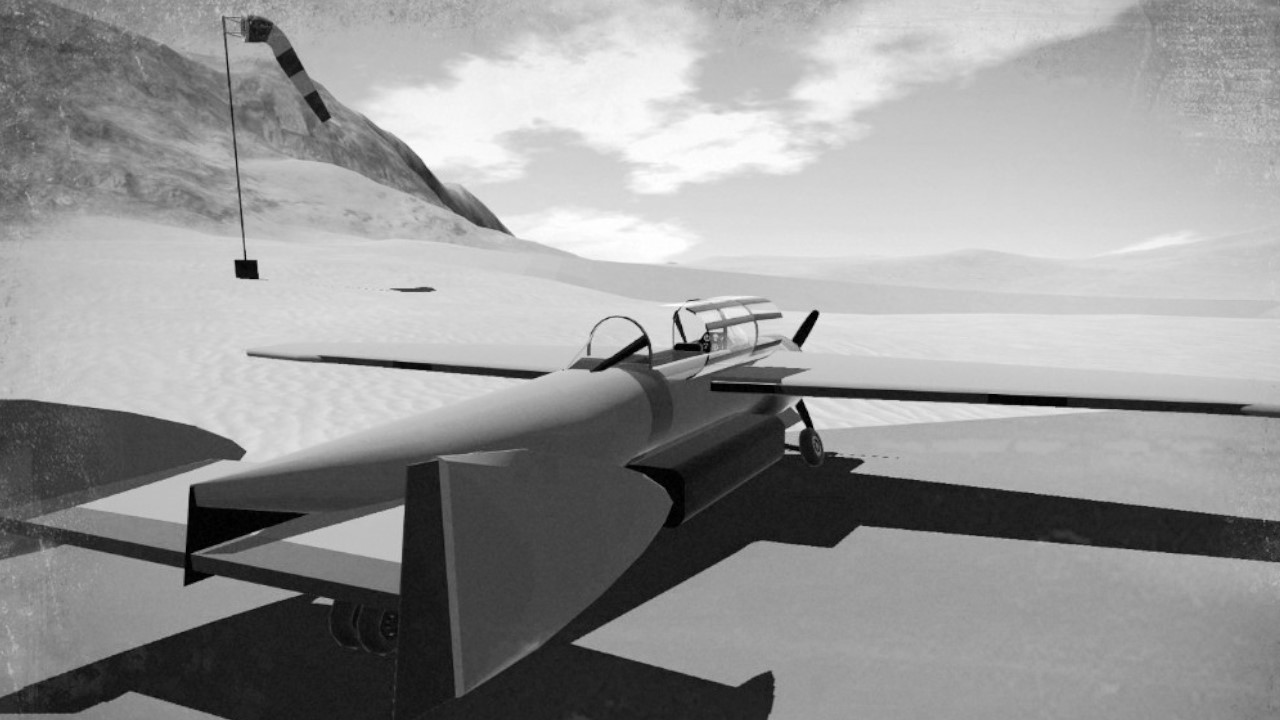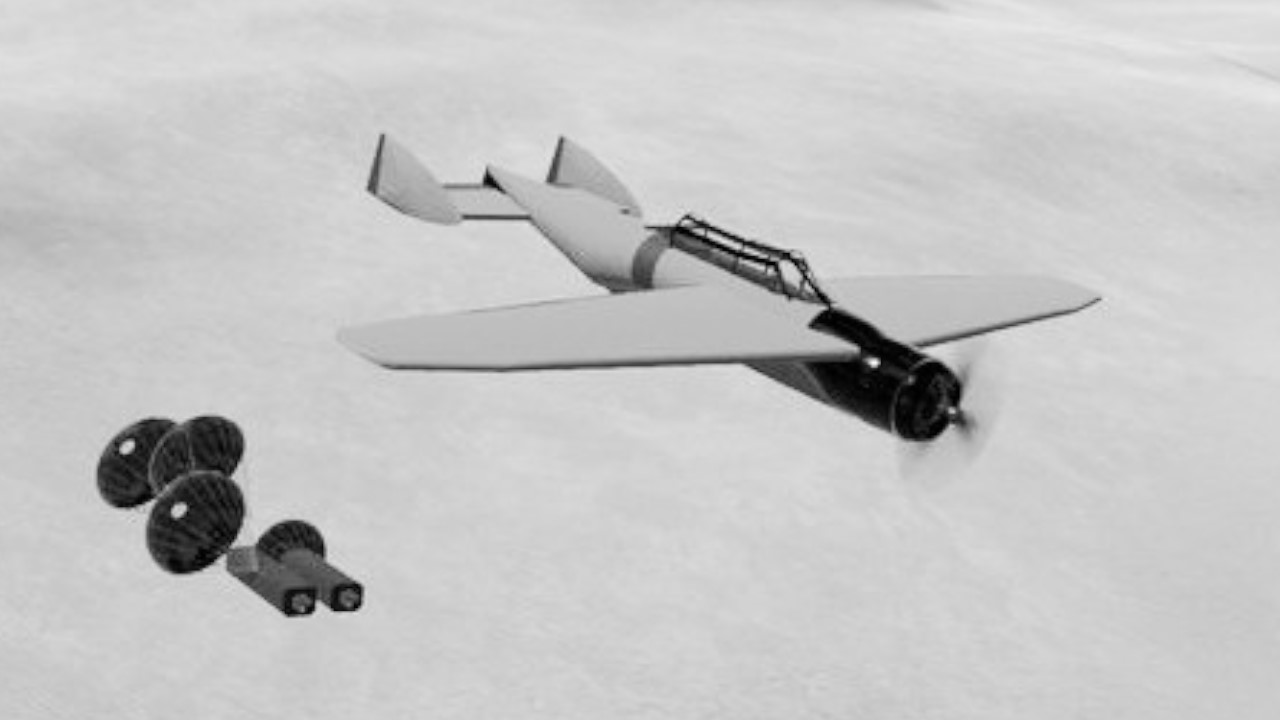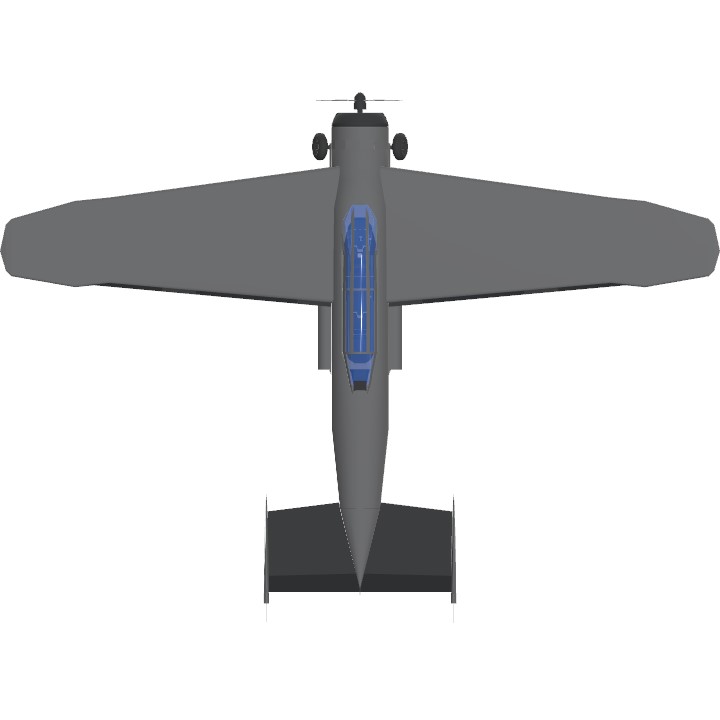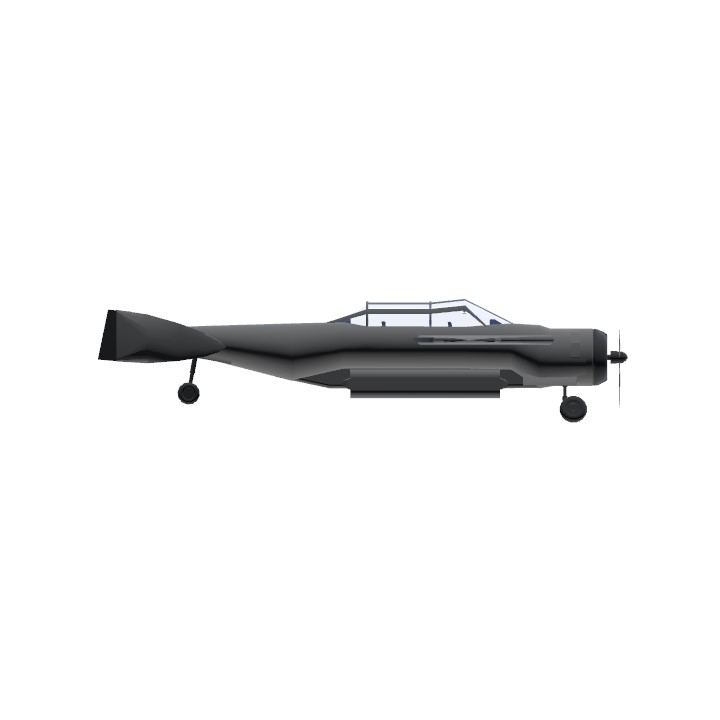The Great Depression hit Epic Engineering hard. Keeping the production lines afloat and running was a hard task for any company to manage during that time, but for a small scale operation like Epic Engineering, it was a fight for survival. It was up our cost effective craftsmanship and our design and business smarts to make it. That is even before considering the brewing stormclouds on the horizon.
Origin
Albert Epic saw himself between a rock and a hard place at this point. With the Longbow's poor sales, the facility in Albania was already struggling for years even before the economy crashed and Italian influence gained traction in Albania. With a heavy heart, we had to cease operations in that plant in 1934, resulting in Albert relocating to Australia. Ironically, it would be for completely different reasons that the Harpoon both found unexpected success despite somewhat underwhelming results.
Design
Drafted for a requirement for the Imperial Japanese Navy, the first iteration of this shoulder wing monoplane was nothing short of a farce. While it could carry a very respectable payload at a decent speed, the results of downscaling the size of the airframe and the reduction of use of strategic materials in the airframe to cut costs reared their head. Due to the pilots complaining a lot about the visibility from the cockpit, this version of the plane was deemed unfit for carrier use.
However, a pre production run of 10 aircraft already existed. Always thinking on his feet, Albert swiftly set the conversion of the airframes from naval attackers to utility aircraft in motion. While not suitable for carrier use, test pilots still praised the very forgiving handling of this airframe, making it ideal for the use as a trainer. Harking back to the days of the cargo Broadsword, a specialised cargo pod was developed as well, proving very popular with Australian bush doctors in particular.
Handling
This plane has very forgiving handling characteristics and very strong rudder authority due to the fork tailed design. With a top speed of 335kn/h at sea level, the engine power was sufficient for it's purpose. With strong breaks and a stall speed of around 108km/h, this aircraft can operate from small airfield, though caution is advised on landing as the propeller doesn't have much ground clearance.
Instructions
AG1: Open Canopy
AG3: Drop Cargo
VTOL: Flaps
As always, thank you so much for your interest in our products. While this is a legacy product, aftermarket upgrades and modifications are still highly encouraged. If you still have any questions, feel free to ask.
Specifications
General Characteristics
- Created On Windows
- Wingspan 51.3ft (15.6m)
- Length 37.1ft (11.3m)
- Height 8.8ft (2.7m)
- Empty Weight 6,391lbs (2,898kg)
- Loaded Weight 7,178lbs (3,256kg)
Performance
- Horse Power/Weight Ratio 0.139
- Wing Loading 16.7lbs/ft2 (81.6kg/m2)
- Wing Area 429.5ft2 (39.9m2)
- Drag Points 4283
Parts
- Number of Parts 82
- Control Surfaces 8
- Performance Cost 554

